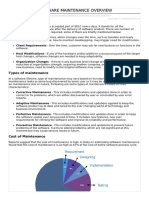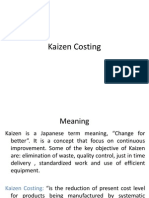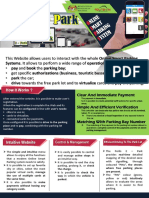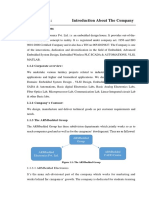0% found this document useful (0 votes)
33 views20 pagesSoftware Engineering
Software reverse engineering is the analysis of software applications to understand their implementation without access to source code. It serves various purposes such as debugging, security analysis, competitor analysis, and legacy system migration. The document also outlines the debugging process, its importance, strategies, common errors, and the principles of object-oriented design, emphasizing modularity, reusability, and maintainability.
Uploaded by
ishachoudhary220643Copyright
© © All Rights Reserved
We take content rights seriously. If you suspect this is your content, claim it here.
Available Formats
Download as PDF, TXT or read online on Scribd
0% found this document useful (0 votes)
33 views20 pagesSoftware Engineering
Software reverse engineering is the analysis of software applications to understand their implementation without access to source code. It serves various purposes such as debugging, security analysis, competitor analysis, and legacy system migration. The document also outlines the debugging process, its importance, strategies, common errors, and the principles of object-oriented design, emphasizing modularity, reusability, and maintainability.
Uploaded by
ishachoudhary220643Copyright
© © All Rights Reserved
We take content rights seriously. If you suspect this is your content, claim it here.
Available Formats
Download as PDF, TXT or read online on Scribd
/ 20






















































































































